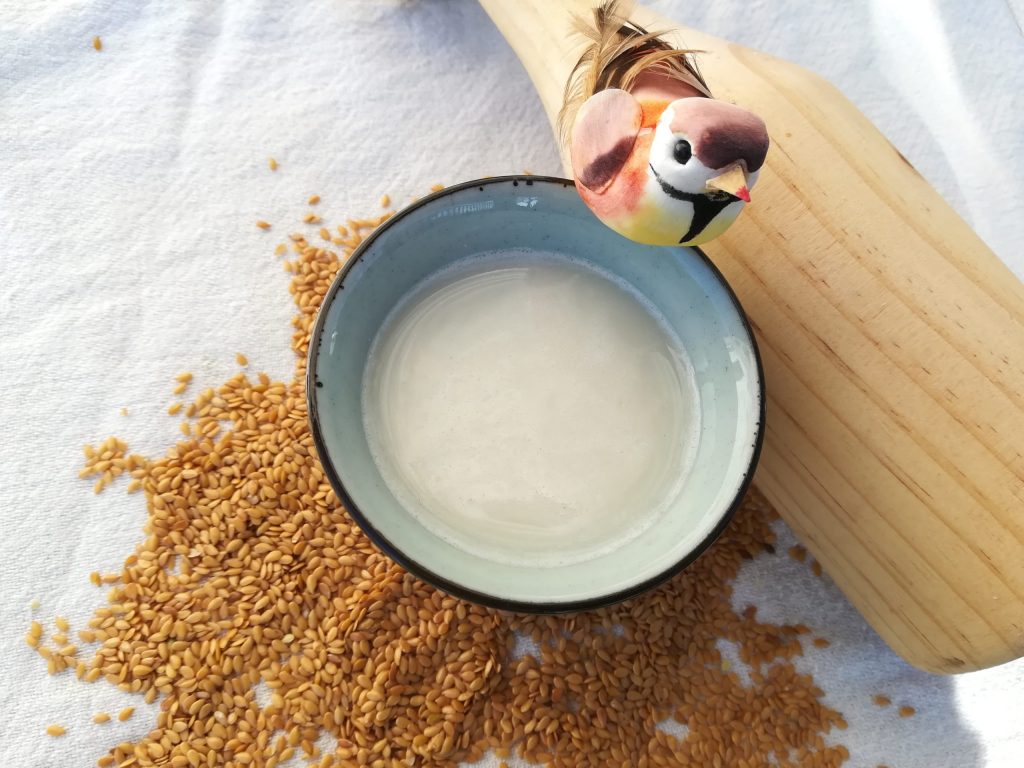
Linseed milk, also known as flax milk, is a well-loved milk around the world, since linseed is packed with many health benefits, and it’s a very interesting addition to a nutritious diet.
1- Health benefits of linseed
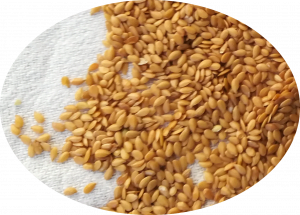
Linseed are a great source of omega-3, fiber, plant-protein and some minerals such as magnesium and potassium. They’re also high in antioxidants like cumaric acid, feluric acid and lignans, and not to forget: B-complex vitamins, C and E.
All those reasons make linseed milk a very interesting food to have, especially for those people suffering from type 2 diabetes, women going through menopause or overweight people who have problems with cholesterol.
However, one must pay attention not to exceed the daily recommended dose, since it could have a myriad of negative effects such as diarrhea, due to the excess fiber or even poisoning, due to linseed containing small doses of cyanide. It’s not a problem to consume linseed in small doses, but frequent use should be avoided, and daily doses shouldn’t exceed 30g (or 1-2 spoonfuls).
A responsible consumption has a wonderful effect on our skin, digestive tract, heart and hormones.
| NUTRITIONAL VALUES | x 100 ml | x 250 ml | |
|---|---|---|---|
| Energy value | 8,12 | 20,29 | kcal |
| 33,56 | 83,89 | kj | |
| Fats | 0,65 | 1,61 | g |
| *of which saturates | 0,06 | 0,14 | g |
| Carbohydrates | 0,08 | 0,19 | g |
| *of which sugars | 0,02 | 0,04 | g |
| Dietary fiber | 0,32 | 0,79 | g |
| Proteins | 0,35 | 0,86 | g |
| Salt | 0,00 | 0,00 | g |
2- Linseed milk recipe
There are many ways to prepare flax or linseed milk, such as those previously published in this very blog: one with golden flax and another version using brown flax – both using whole grains.
Due to the amount of fiber present in the seed, this is not the easiest milk to make. It’s not all that complicated, but you’ll need to thoroughly measure the seeds and control the water’s temperature. The latter is needed since the fiber in the seeds can produce a mucous layer when the water is too hot.
However, having a Vegan Milker at home and a flourishing community of plant milk lovers, constantly pitching new ideas in, we are very fond of experimenting and learning new things every day.
Here is our favorite linseed milk recipe, using the seeds in millet form, which yields a higher quality milk and makes the entire process easier.
Basic ingredients:
- 25g milled golden flax
- 1 litre water
Instructions:
- Mill flax seeds using a manual grinder (which is more eco-friendly!) or an electric one. *If you don’t own one, refer to our older recipes, using the whole seed.
- Fill the Vegan Milker jar with 250ml. of water and put the milled seeds in the filter. Use a hand blender to blend the mixture for 1-2 minutes, at maximum power.
- Add the rest of the water (750ml) and blend for 10 extra seconds on normal setting.
- Once we see the milk is thoroughly mixed, we can detach the filter and keep blending to make the straining part easier (see: express filtering technique)
- Last but not least, squeeze the last droplets of milk with the mortar.
- Keep milk in the fridge and reserve the pulp to use in other recipes. You have many ideas on the “pulp” section of this blog.
- Milk will last for 3-5 days in the fridge.
Tips and tricks:
- Regarding the flavor: even when linseed milk is a very interesting one from a nutritional point of view, it’s not particularly delicious as it has a slight hint of grass flavor. This can be solved by adding natural flavorings such as cinnamon, vanilla or dates.
- Linseed milk is highly sensitive to heat, so it’s not recommended to heat in the microwave as it will curdle. If you do choose to heat it, it’s best to do so in a saucepan, on low heat and stirring often so it doesn’t reach boiling point. This way, we can avoid having problems with texture, and we’ll keep most of its nutritional benefits.
We’ll keep experimenting! See you soon!

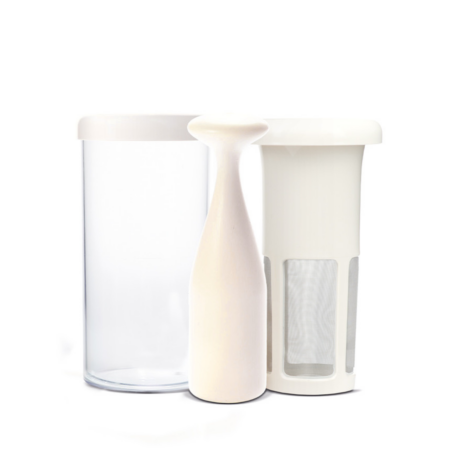

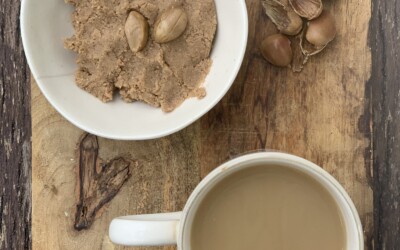
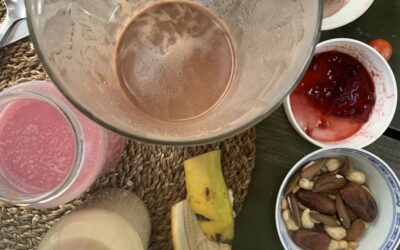
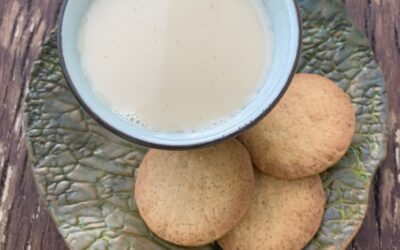
0 Comments